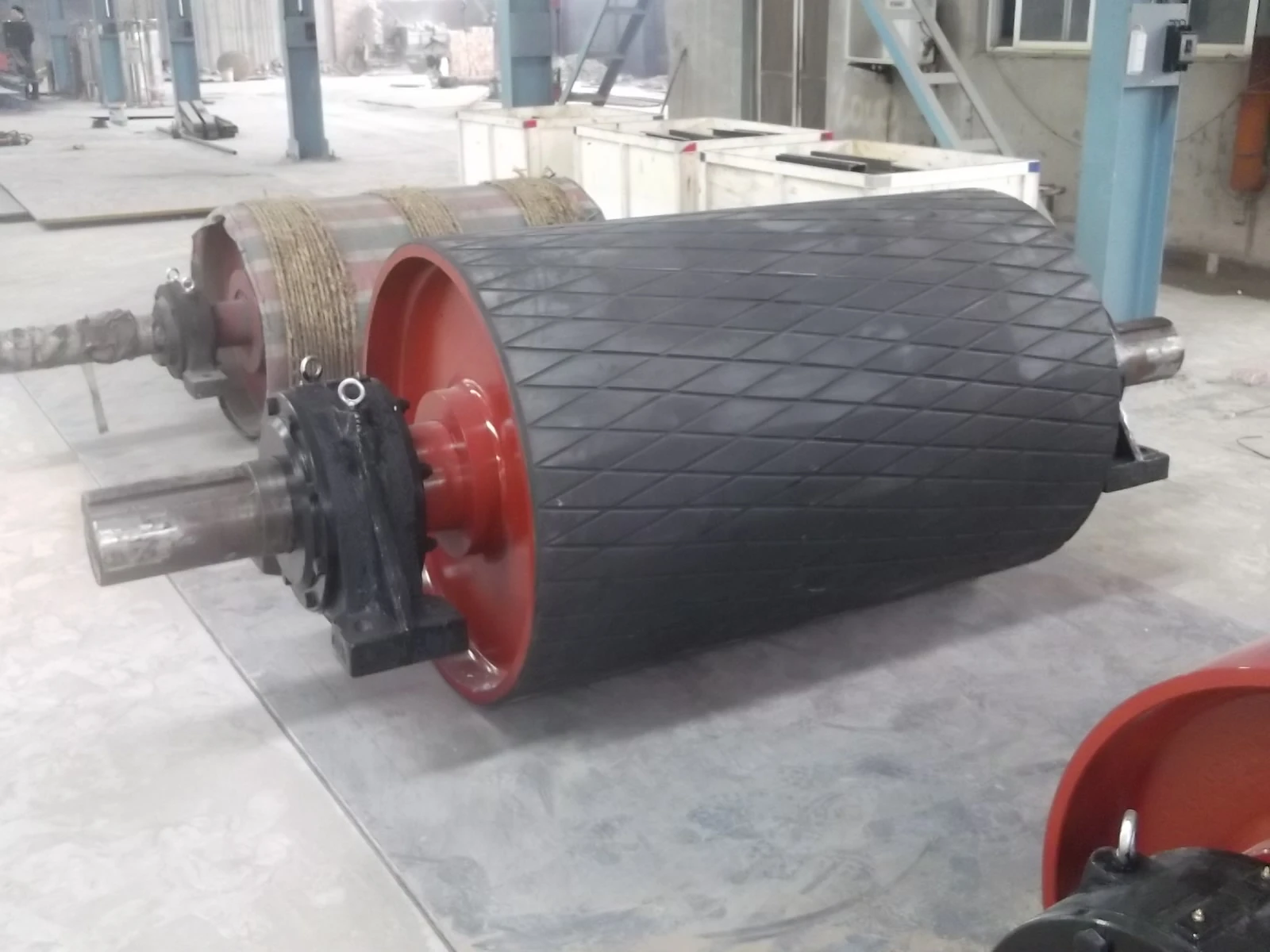 Afrikaans
Afrikaans  Albanian
Albanian  Amharic
Amharic  Arabic
Arabic  Armenian
Armenian  Azerbaijani
Azerbaijani  Basque
Basque  Belarusian
Belarusian  Bengali
Bengali  Bosnian
Bosnian  Bulgarian
Bulgarian  Catalan
Catalan  Cebuano
Cebuano  Corsican
Corsican  Croatian
Croatian  Czech
Czech  Danish
Danish  Dutch
Dutch  English
English  Esperanto
Esperanto  Estonian
Estonian  Finnish
Finnish  French
French  Frisian
Frisian  Galician
Galician  Georgian
Georgian  German
German  Greek
Greek  Gujarati
Gujarati  Haitian Creole
Haitian Creole  hausa
hausa  hawaiian
hawaiian  Hebrew
Hebrew  Hindi
Hindi  Miao
Miao  Hungarian
Hungarian  Icelandic
Icelandic  igbo
igbo  Indonesian
Indonesian  irish
irish  Italian
Italian  Japanese
Japanese  Javanese
Javanese  Kannada
Kannada  kazakh
kazakh  Khmer
Khmer  Rwandese
Rwandese  Korean
Korean  Kurdish
Kurdish  Kyrgyz
Kyrgyz  Lao
Lao  Latin
Latin  Latvian
Latvian  Lithuanian
Lithuanian  Luxembourgish
Luxembourgish  Macedonian
Macedonian  Malgashi
Malgashi  Malay
Malay  Malayalam
Malayalam  Maltese
Maltese  Maori
Maori  Marathi
Marathi  Mongolian
Mongolian  Myanmar
Myanmar  Nepali
Nepali  Norwegian
Norwegian  Norwegian
Norwegian  Occitan
Occitan  Pashto
Pashto  Persian
Persian  Polish
Polish  Portuguese
Portuguese  Punjabi
Punjabi  Romanian
Romanian  Russian
Russian  Samoan
Samoan  Scottish Gaelic
Scottish Gaelic  Serbian
Serbian  Sesotho
Sesotho  Shona
Shona  Sindhi
Sindhi  Sinhala
Sinhala  Slovak
Slovak  Slovenian
Slovenian  Somali
Somali  Spanish
Spanish  Sundanese
Sundanese  Swahili
Swahili  Swedish
Swedish  Tagalog
Tagalog  Tajik
Tajik  Tamil
Tamil  Tatar
Tatar  Telugu
Telugu  Thai
Thai  Turkish
Turkish  Turkmen
Turkmen  Ukrainian
Ukrainian  Urdu
Urdu  Uighur
Uighur  Uzbek
Uzbek  Vietnamese
Vietnamese  Welsh
Welsh  Bantu
Bantu  Yiddish
Yiddish  Yoruba
Yoruba  Zulu
Zulu Choosing the Right Idler Rollers for Efficient Belt Conveyor Systems
Idler Rollers for Belt Conveyors An Essential Component in Material Handling
Belt conveyors are integral to numerous industries, facilitating the efficient movement of materials from one point to another. One of the critical components of any belt conveyor system is the idler roller. These rollers play a significant role in supporting the conveyor belt and ensuring smooth operation, making them essential for optimal conveyor performance.
Understanding Idler Rollers
Idler rollers are cylindrical devices that are positioned beneath the conveyor belt to hold it in place and allow it to move smoothly. They are typically made of steel, plastic, or other durable materials and come in various sizes and configurations. The main purpose of idler rollers is to support the weight of the conveyed materials while minimizing friction, which helps to extend the lifespan of the conveyor belt.
Types of Idler Rollers
Idler rollers can be categorized based on their application and design
1. Carrying Idlers These are the most common type and are used to support the belt and the load being transported. They come in different shapes, such as flat, grooved, or crowned, to accommodate various belt designs and load requirements.
2. Return Idlers Located on the return side of the conveyor, these idlers support the empty belt as it returns to the loading point. Return idlers are usually equipped with rubber rings or other materials to prevent wear and reduce noise.
3. Impact Idlers Positioned at loading points, impact idlers are designed to absorb shocks and reduce the impact on the belt when materials are dropped onto it. This type of roller helps protect the belt from damage, thus prolonging its service life.
idler rollers for belt conveyors

4. Training Idlers These are used to maintain the alignment of the conveyor belt. Misalignment can lead to increased wear and tear, affecting the overall efficiency of the system. Training idlers are essential for keeping the belt centered and preventing it from drifting off course.
Importance of Idler Rollers
The idler rollers in a conveyor system contribute significantly to its overall efficiency and reliability. Properly functioning idler rollers reduce friction and energy consumption, which can lead to lower operational costs. They also ensure that the conveyor belt remains in peak condition, minimizing downtime caused by maintenance or replacement.
Additionally, idler rollers can impact the safety of conveyor operations. A belt that runs smoothly and stays aligned is less likely to cause accidents or spills, which can be particularly important in industries like mining, agriculture, and manufacturing, where hazardous materials are often handled.
Maintenance and Best Practices
Regular maintenance of idler rollers is crucial for ensuring their longevity and performance. This includes inspecting for signs of wear, checking for misalignment, and lubricating moving parts as necessary. It's also important to replace damaged or worn idler rollers promptly to avoid more significant issues down the line.
For optimal performance, selecting the right type of idler roller based on the specific application is essential. Factors to consider include the load capacity, belt width, and environmental conditions, such as exposure to moisture or corrosive materials.
Conclusion
In summary, idler rollers are a vital component of belt conveyors, playing a significant role in supporting the conveyor belt and enhancing the efficiency of material handling operations. By understanding the different types of idler rollers and their functions, industries can maximize the performance of their conveyor systems, contribute to safer operations, and reduce maintenance costs. Investing in quality idler rollers and adhering to best practices for maintenance can lead to improved operational efficiency and a longer lifespan for conveyor systems.
-
Revolutionizing Conveyor Reliability with Advanced Rubber Lagging PulleysNewsJul.22,2025
-
Powering Precision and Durability with Expert Manufacturers of Conveyor ComponentsNewsJul.22,2025
-
Optimizing Conveyor Systems with Advanced Conveyor AccessoriesNewsJul.22,2025
-
Maximize Conveyor Efficiency with Quality Conveyor Idler PulleysNewsJul.22,2025
-
Future-Proof Your Conveyor System with High-Performance Polyurethane RollerNewsJul.22,2025
-
Driving Efficiency Forward with Quality Idlers and RollersNewsJul.22,2025





























